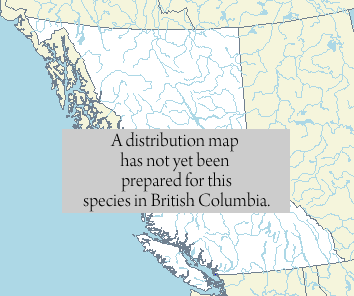Compared to most other whales, the gray whale is easy to find because it follows a very predictable migration route close to shore. Gray whales are only found in the north Pacific and spend their lives travelling between summer feeding grounds in the north and winter breeding grounds in the south. In fact, the 16,000 kilometre round-trip migration of the gray whale is one of the longest of any mammal on earth. Gray whales seen off B.C. spend the winter in or near one of several lagoons on the coast of Baja, Mexico. There, the adults mate or give birth, but usually do not eat. In early spring, they swim north to the rich feeding grounds of the Bering and Chukchi Seas, occasionally stopping to eat along the way. In small groups, they follow the coastline, passing the west coast of Vancouver Island in March and April. Sometimes, a few stray into inside waters. They’ve even been seen amid the busy boat traffic of Vancouver Harbour and around the mouth of the Fraser River
|
Some gray whales are known to stay in B.C. coastal waters for the entire summer, poking about in shallow sandy bays and along stretches of exposed rocky coast. These ‘resident’ whales join up with the southern migration, sometime between November and January. Southbound whales are not easy to see, since they usually travel more quickly, and further offshore, than in the spring.
|
|
